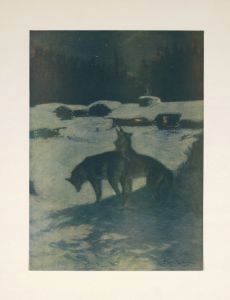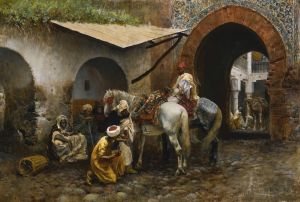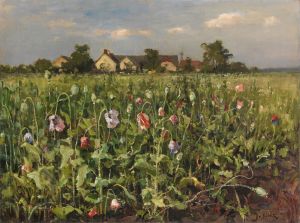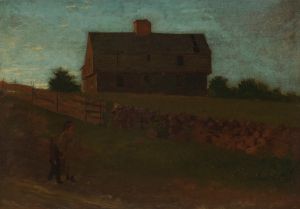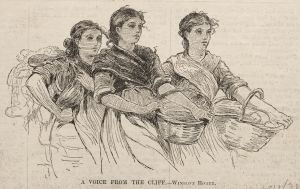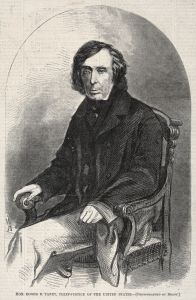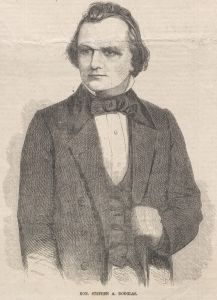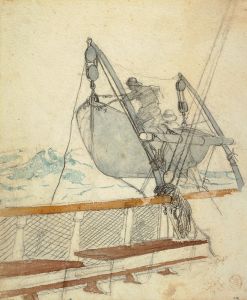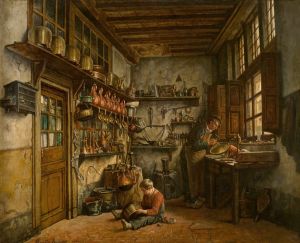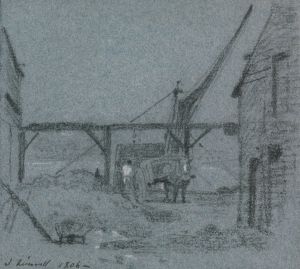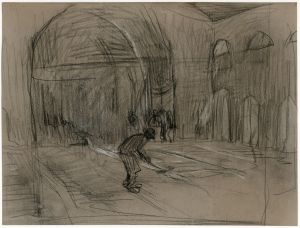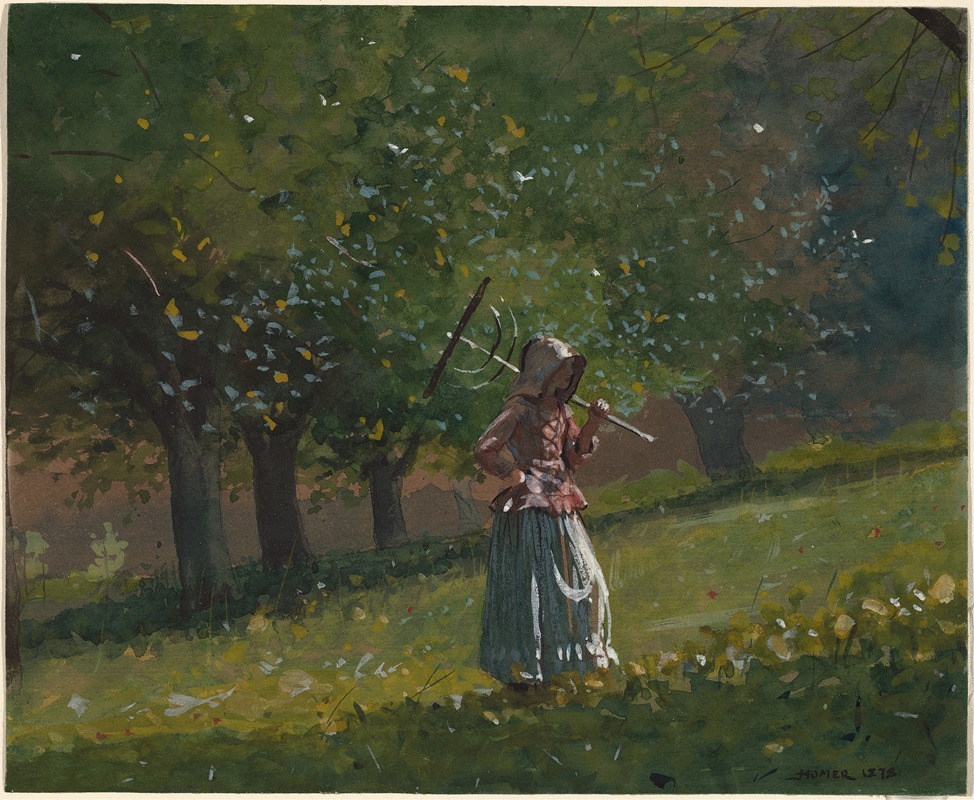
Girl with Hay Rake
A hand-painted replica of Winslow Homer’s masterpiece Girl with Hay Rake, meticulously crafted by professional artists to capture the true essence of the original. Each piece is created with museum-quality canvas and rare mineral pigments, carefully painted by experienced artists with delicate brushstrokes and rich, layered colors to perfectly recreate the texture of the original artwork. Unlike machine-printed reproductions, this hand-painted version brings the painting to life, infused with the artist’s emotions and skill in every stroke. Whether for personal collection or home decoration, it instantly elevates the artistic atmosphere of any space.
Winslow Homer, an American landscape painter and printmaker, is renowned for his marine subjects and depictions of American life. One of his lesser-known works, "Girl with Hay Rake," exemplifies his skill in capturing rural scenes with a sense of realism and simplicity. Painted in 1878, this work is part of Homer's exploration of rural themes during a period when he was particularly focused on the American countryside and its inhabitants.
"Girl with Hay Rake" portrays a young woman standing in a field, holding a hay rake. The painting reflects Homer's interest in the everyday lives of people and the connection between humans and their environment. The composition is straightforward, yet it conveys a sense of tranquility and the dignity of labor. The young woman is depicted with a sense of strength and purpose, embodying the rural work ethic that was prevalent in post-Civil War America.
Homer's technique in this painting is characterized by his use of light and shadow to create depth and texture. The play of sunlight on the field and the figure adds a dynamic quality to the scene, highlighting the contours of the landscape and the figure's form. The brushwork is both precise and expressive, capturing the details of the hay and the folds of the woman's clothing, while also conveying the broader atmosphere of the rural setting.
During the late 1870s, Homer spent significant time in rural New York and New England, where he was inspired by the pastoral landscapes and the people who worked the land. This period marked a shift in his artistic focus from the urban scenes and Civil War subjects of his earlier career to more serene and introspective themes. "Girl with Hay Rake" is a product of this transition, showcasing his ability to find beauty and meaning in the simplicity of rural life.
The painting is also reflective of the broader cultural context of the time, as America was undergoing significant changes in the aftermath of the Civil War. There was a growing interest in the nation's rural roots and a nostalgia for simpler times, which artists like Homer captured in their work. His paintings from this period often emphasize the harmony between people and nature, a theme that resonated with audiences seeking solace and stability in a rapidly changing world.
"Girl with Hay Rake" is an example of Homer's mastery in portraying the American experience through his art. While it may not be as famous as some of his other works, such as "The Gulf Stream" or "Snap the Whip," it remains an important piece in understanding his development as an artist and his contribution to American art. The painting is a testament to Homer's ability to convey the essence of his subjects with clarity and empathy, making it a valuable part of his oeuvre.
Overall, "Girl with Hay Rake" is a significant work that highlights Winslow Homer's talent for capturing the spirit of rural America. Through his careful attention to detail and his nuanced portrayal of human figures, Homer offers viewers a glimpse into the lives of ordinary people and the landscapes they inhabit, creating a lasting impression of the beauty and resilience of the American countryside.





